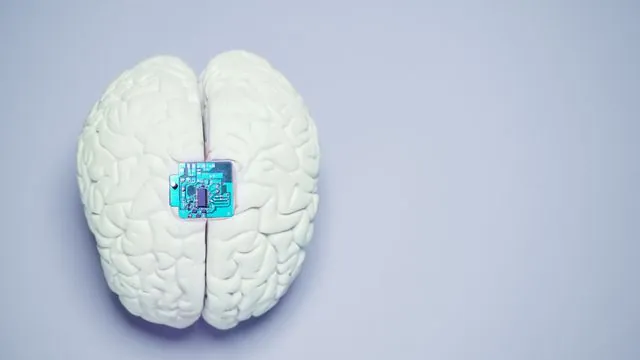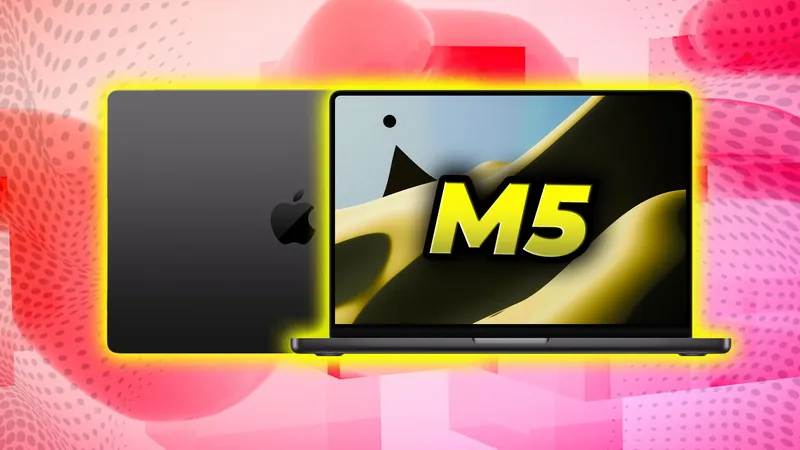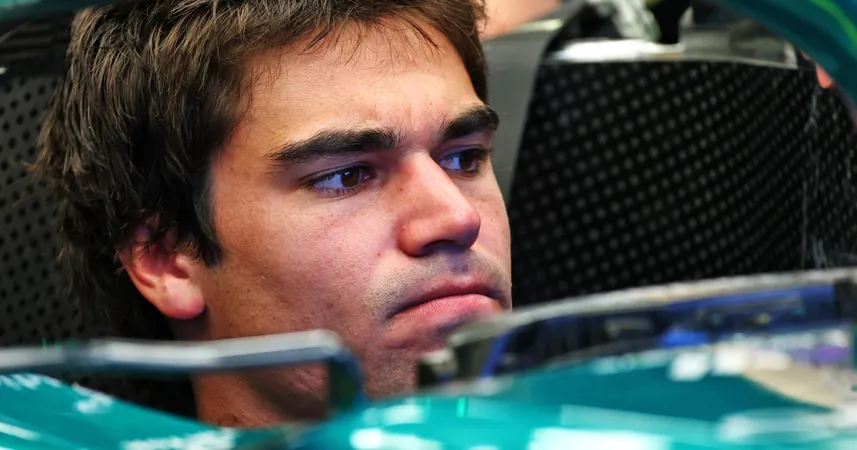
Revolutionary Brain-Computer Interface Enables Paralyzed Patient to Fly Virtual Quadcopter with Thought Alone!
2025-01-21
Author: Jacob
Introduction
In a groundbreaking study published in *Nature Medicine*, researchers have demonstrated that a brain-computer interface (BCI) can grant unprecedented control to individuals with tetraplegia—paralysis affecting all four limbs—by enabling them to maneuver a virtual quadcopter simply through thoughts.
Innovative Technology
The innovative technology segments the hand into three functional parts: the thumb, and two pairs of fingers (the index and middle fingers together, and the ring and pinky fingers together). This allows the user to control movements both vertically and horizontally. By imagining the movement of these finger groups—sometimes simultaneously—the participant can navigate the virtual quadcopter through complex obstacle courses, showcasing the potential for enhanced interaction in gaming and much more.
Research Insights
Matthew Willsey, an assistant professor at the University of Michigan and the study's lead author, expressed excitement over this development, stating, “This is a greater degree of functionality than anything previously based on finger movements.” The research was conducted while Willsey was at Stanford University, where he collaborated with a team dedicated to improving life for those with neurological injuries.
Technical Advances
Unlike traditional noninvasive methods that measure broad brain activity through electroencephalography (EEG), which can obscure fine motor intent, this innovative interface involves placing electrodes directly in the brain's motor cortex. The result? A staggering sixfold improvement in flying performance of the quadcopter, emphasizing the advantages of pinpoint neural monitoring.
Surgical Procedures
The surgical procedure to set up the BCI involves implanting electrodes in the participant's brain to interface with a computer system, allowing for precise control of virtual movements. Willsey noted how the technology translates the motor signals—created when participants contemplate moving their fingers—into commands that guide the virtual quadcopter.
Clinical Trials
This pioneering effort is part of the ongoing BrainGate2 clinical trials, which seek to explore how neural signals can interact with machine learning algorithms to create new avenues of control for those facing severe physical limitations. The participant who engaged with this study had suffered a spinal cord injury years earlier but maintained a passion for flying, which made the quadcopter simulation particularly meaningful.
Meaningful Connections
Donald Avansino, a co-author and computer scientist at Stanford, confirmed this connection, stating, “The quadcopter simulation was not an arbitrary choice. It allowed the participant to fulfill his desire for flight while showcasing control over multiple fingers.”
Future Aspirations
Nishal Shah, a newly appointed professor at Rice University and co-author of the study, remarked, “Controlling fingers is a stepping stone; our ultimate goal is whole-body movement restoration.” The implications of this research extend far beyond gaming—Jaimie Henderson, a professor of neurosurgery at Stanford, emphasized that the technology offers a vital connection to social interactions and leisure activities, which are crucial for personal well-being.
Broader Implications
Henderson explained that being able to manipulate a virtual vehicle through thought can lead to even greater possibilities: “With the ability to control multiple virtual fingers, users could potentially operate design software, create music, or engage in a variety of complex tasks—fostering creativity and providing an avenue for independence.”
Conclusion
This remarkable advance in brain-computer technology not only provides hope for individuals coping with paralysis but also highlights the potential for restoring deeper human connections and enriching lives in ways previously thought impossible. The future of BCI technology seems limitless, paving the way for enhanced abilities and personal freedom for those affected by motor disabilities.









 Brasil (PT)
Brasil (PT)
 Canada (EN)
Canada (EN)
 Chile (ES)
Chile (ES)
 Česko (CS)
Česko (CS)
 대한민국 (KO)
대한민국 (KO)
 España (ES)
España (ES)
 France (FR)
France (FR)
 Hong Kong (EN)
Hong Kong (EN)
 Italia (IT)
Italia (IT)
 日本 (JA)
日本 (JA)
 Magyarország (HU)
Magyarország (HU)
 Norge (NO)
Norge (NO)
 Polska (PL)
Polska (PL)
 Schweiz (DE)
Schweiz (DE)
 Singapore (EN)
Singapore (EN)
 Sverige (SV)
Sverige (SV)
 Suomi (FI)
Suomi (FI)
 Türkiye (TR)
Türkiye (TR)
 الإمارات العربية المتحدة (AR)
الإمارات العربية المتحدة (AR)